Last week I left out one of my spots of a juvenile bird. Juvenile birds are often challenging to identify and I struggled to match this one with any particular species. Eventually I discovered the bird was a young little grebe, a first for me.

At the weekend I spent a beautiful few hours up in the New Forest.
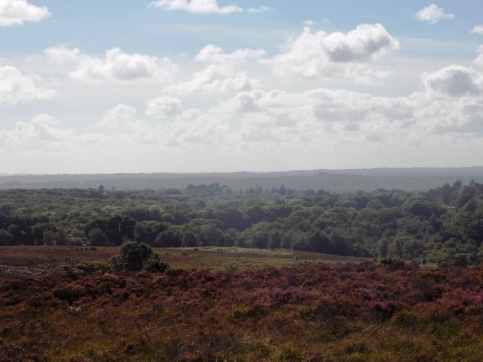
The heather has mostly lost it’s bright colour now but the weather doesn’t feel too autumnal. Indeed, this week has seen the highest September temperature in the UK since 1911. I very quickly spotted a maturing stonechat enjoying the warm weather.
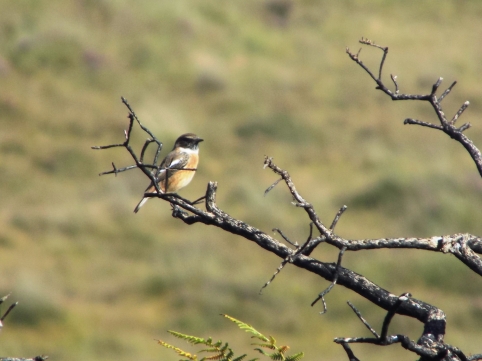
I disturbed a roe deer amongst the undergrowth which quickly bolted away.
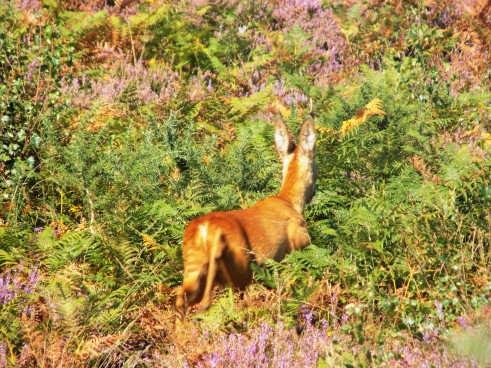
Despite appearances autumn is on the way and there were quite a few fungi around. This Common Earthball is looking in prime condition at the moment.
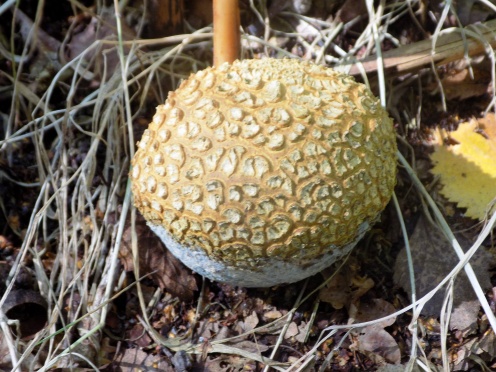
This is a Blusher (Amanita rubescens) fungus, so called because it gradually turns pink although this one has yet to do it.
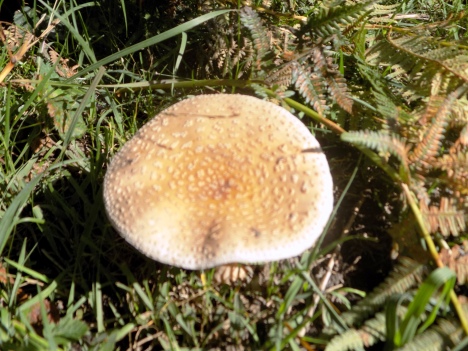
I also managed to spot a dock bug sat on a leaf. The species has various nymph stages and this one is apparently a final instar nymph.

The local rabbits are very busy at the moment, all the fields seem to be full of them. I guess they are still pretty much at peak numbers until the colder weather arrives.
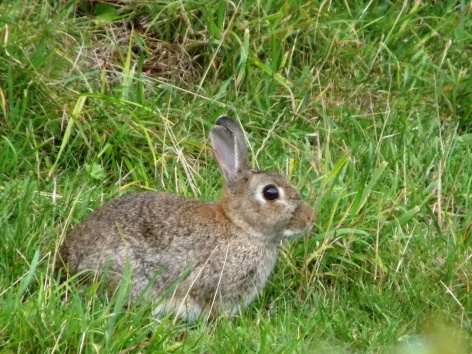
Only a few hundred metres on from this rabbit I spotted the young buzzard which I have seen occasionally over the summer. It’s still obviously a juvenile but is now looking more like an adult.
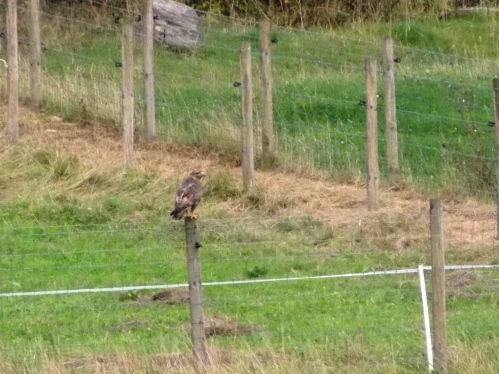
There are still lots of swallows in the area. It’s difficult to show clearly in a photo but there are huge flocks swooping over the river at the moment. You can see lots of black dots in the picture below and they are all swallows.
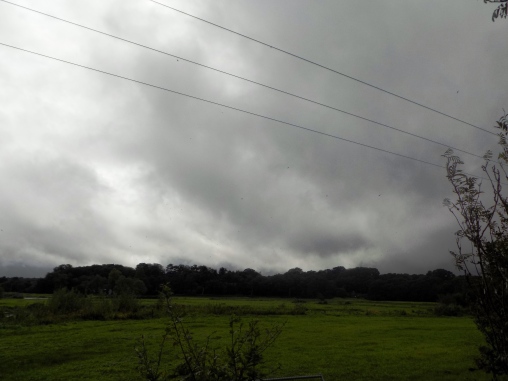
Every now and then one or two settle on the power lines and you can get a closer look at them.
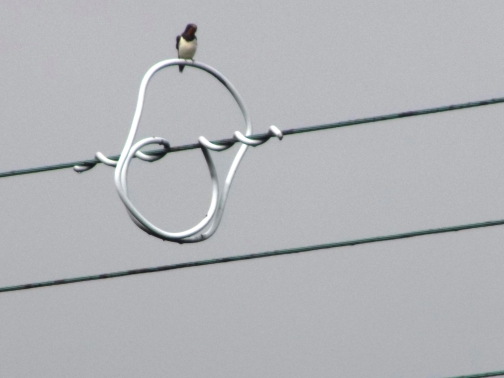
Lots of birds are visiting the garden at the moment. The starlings appear every now and then in large numbers. In terms of numbers they are probably our most common birds but actually they aren’t present very often.

Usually when it’s a little quieter and the surge of starlings goes away a group of goldfinches arrive to eat the niger seeds we put out for them. They are my favourite birds we get in the garden- they have such fantastic plumage.
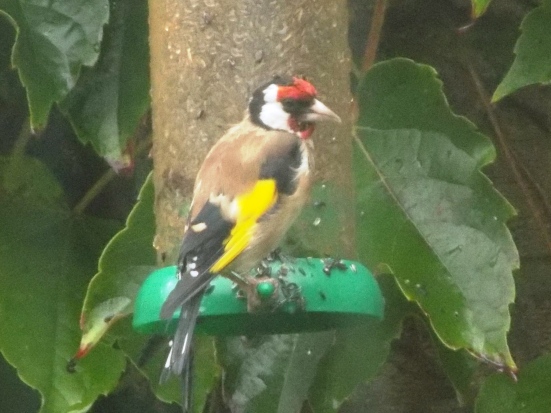
There are plenty of rarer visit- not rare birds but ones that don’t visit very often. This week I spotted a blue tit sampling the peanuts.


No comments:
Post a Comment